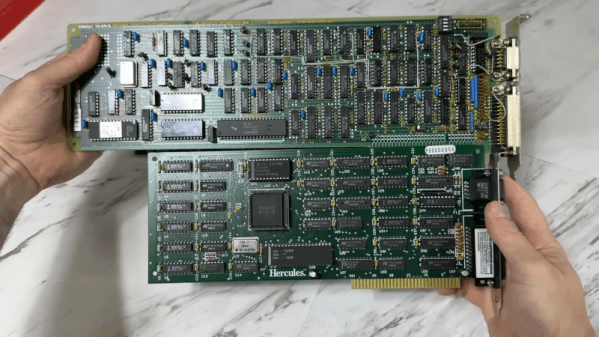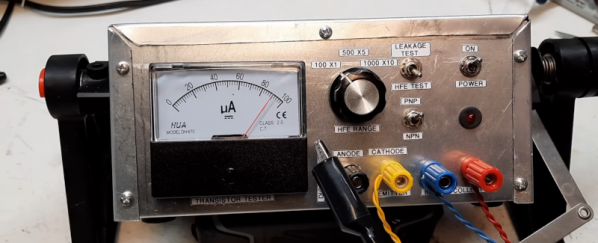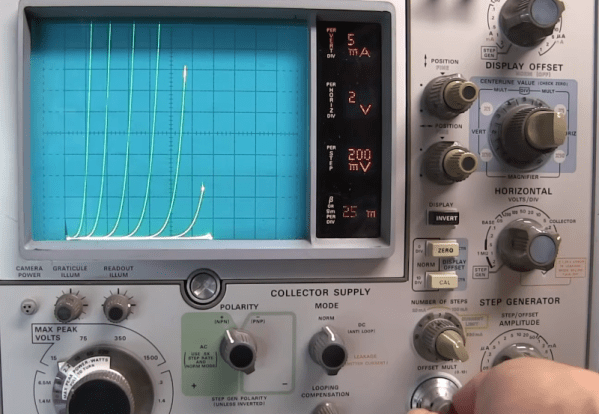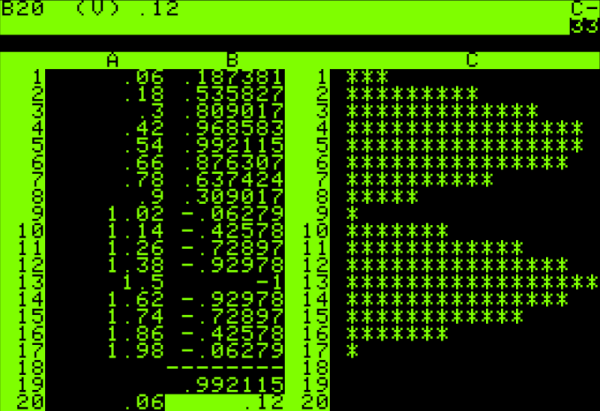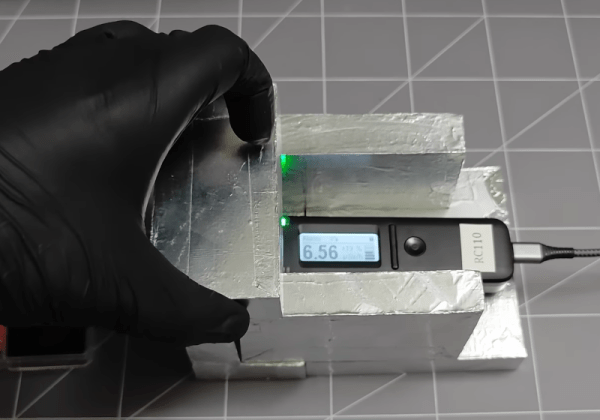We’ll be honest. If you had told us a few decades ago we’d teach computers to do what we want, it would work some of the time, and you wouldn’t really be able to explain or predict exactly what it was going to do, we’d have thought you were crazy. Why not just get a person? But the dream of AI goes back to the earliest days of computers or even further, if you count Samuel Butler’s letter from 1863 musing on machines evolving into life, a theme he would revisit in the 1872 book Erewhon.
Of course, early real-life AI was nothing like you wanted. Eliza seemed pretty conversational, but you could quickly confuse the program. Hexapawn learned how to play an extremely simplified version of chess, but you could just as easily teach it to lose.
But the real AI work that looked promising was the field of expert systems. Unlike our current AI friends, expert systems were highly predictable. Of course, like any computer program, they could be wrong, but if they were, you could figure out why.
Experts?
As the name implies, expert systems drew from human experts. In theory, a specialized person known as a “knowledge engineer” would work with a human expert to distill his or her knowledge down to an essential form that the computer could handle.
This could range from the simple to the fiendishly complex, and if you think it was hard to do well, you aren’t wrong. Before getting into details, an example will help you follow how it works.


